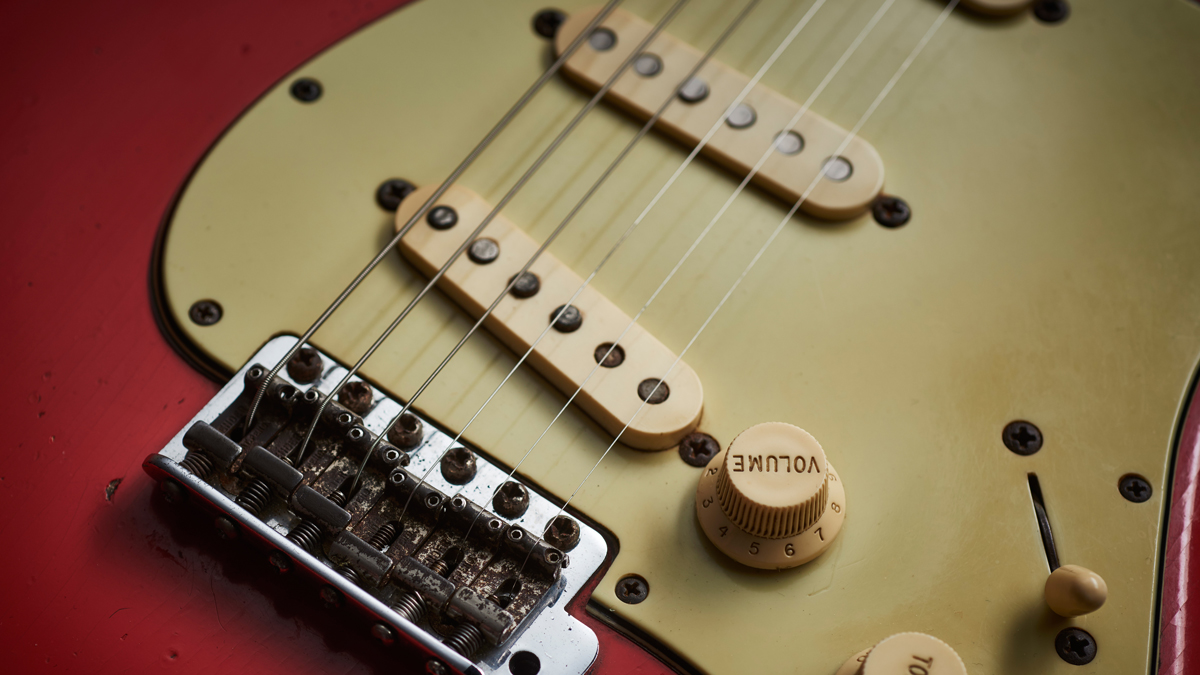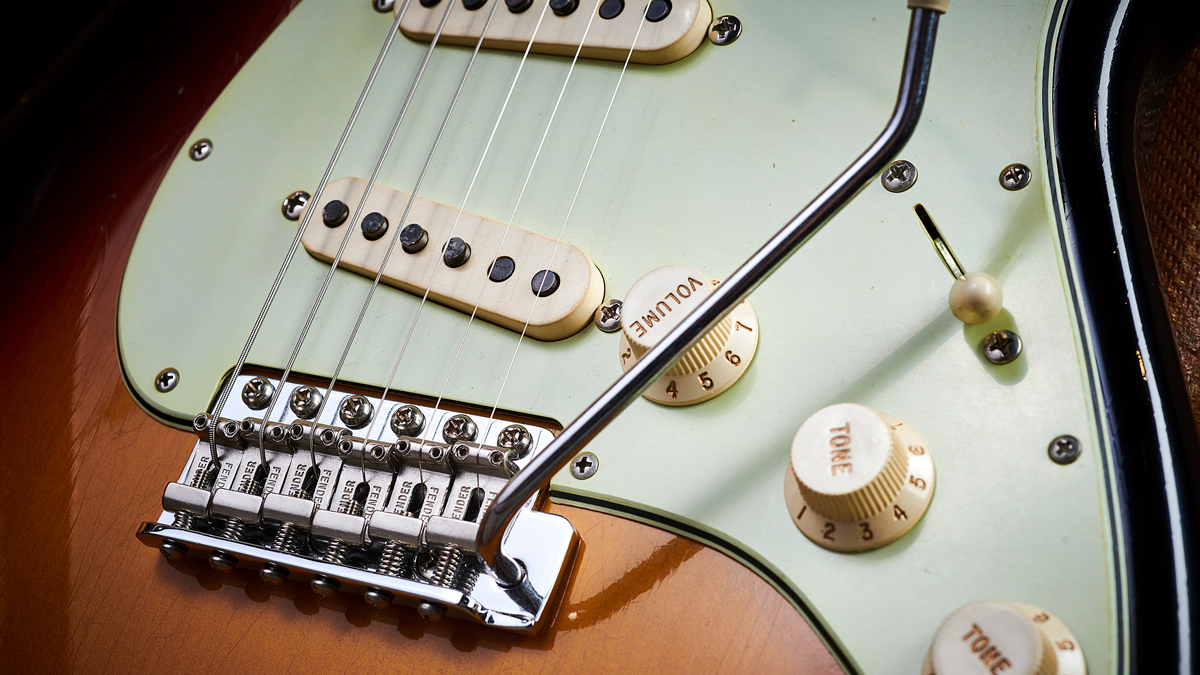
If you're anything like me, achieving that clean tone calls for the pickup selector to be pointing skyward, nestling into the neck pickup’s velvety embrace.
The revelation hit me during live performances. Whether at gigs or jams, any time I sought a pristine clean tone I’d switch up to the neck pickup. Its warmth has this way of seamlessly blending in with the rest of the band.
The bridge pickup, in comparison, always feels a bit harsh, too bright, and lacks the character of the neck, or even the second and fourth positions on a Stratocaster.
No matter the brand of the guitar or the unique tones it can produce, I find myself irresistibly drawn back to the mysterious allure of the neck pickup.
Pain in the neck
For a long time, I stuck to the argument that as long as I'm happy with my live tone, I should use the pickup that sounds best to my ears (ie, always the neck). However, I noticed that the neck pickup didn’t always complement the band or the venue… Was I overlooking some new tonal horizons?
At a recent gig, I felt uncomfortable, vulnerable even, when playing on my Fender Jazzmaster’s bridge pickup, prompting me to introspect. Ideally, I'd love to confidently sit on the bridge pickup and slice through the mix with a sharp and bright tone.
The following morning, as I plugged into my Twin Reverb, I unconsciously flicked to the neck pickup and generously doused my sound in spring reverb – it is, after all, instinctual. The neck pickup seems to enhance my playing by amplifying the low-end and impact of the notes, irrespective of my timing, dynamics, or how heavily I strike the strings. It's forgiving, leading me to avoid scrutinizing the nuances of my playing.
All the latest guitar news, interviews, lessons, reviews, deals and more, direct to your inbox!
Reluctantly, I dialed down the reverb and switched to the dreaded bridge pickup. Despite the guitar remaining the same, the strings seemed to stiffen, and my left hand lost some of its agility. Immediately, I found myself less drawn to indulging in purposeless noodling.
Bridging the gap

After attempting to play predominantly on the bridge pickup for two weeks (I confess, I found myself returning to the neck more frequently than I'd care to admit), I sensed that I had unearthed some playing-related knowledge that I should share.
Firstly, opting for a dry tone on the bridge pickup helped me concentrate on practicing rather than getting lost in the enticing tone that I adore.
The bridge pickup can help you listen more attentively, honing in on time, feel and clean note strikes. I found myself experimenting with accent placements within my phrases and intentionally shifted away from my habitual fret ranges (typically 5th-9th), where I often start my usual licks with hammer-ons and pull-offs on the E and A strings.
Now I'm kinda into that trebly and exposed tone, it's pulled my head out of the sand and got me paying more attention to how I actually play. I've been spending time making sure I'm ringing out notes evenly in arpeggiated chords. Plus, I'm finding myself getting into more picked, rhythmic sixteenth-note patterns.
I haven't had the chance to test this shift in tone and mentality in a live gig setting just yet, but I'm eager to explore a brighter and sharper sound. Playing on the bridge pickup has redirected my attention from voice leading and experimenting with interesting chord voicings to honing in on right-hand rhythms and achieving the cleanest execution possible for my lines.
Undoubtedly, embracing these new ideas has meant putting some other aspects of my practice on the back burner. Nevertheless, it's been a revitalizing change in my playing style. So, here's to practicing with a clean tone, on the bridge pickup, and without reverb – good luck.
Explore out pickup guides
Joe is a freelance writer with an affinity for all things noisy, and loves offset Fenders, Stratocasters, and hollowbodies. He plays jazz and improv residencies and is part of UK grunge outfit IOTA. Alongside his playing, Joe harbors an interest in production and sound design, which propeled him into specialized marketing, interviews, and blog content for electronic music outlets and developers like Slate + Ash. When not merging his love for the guitar with music journalism, Joe succumbs to his fuzz-tone addiction and continually expands his collection of music gear.

